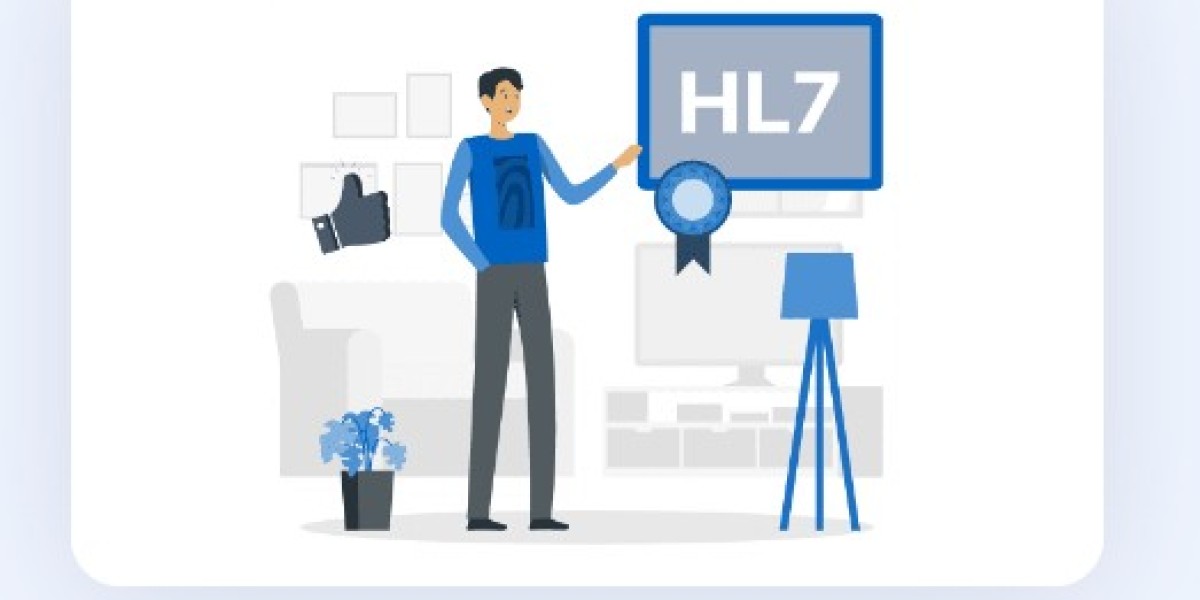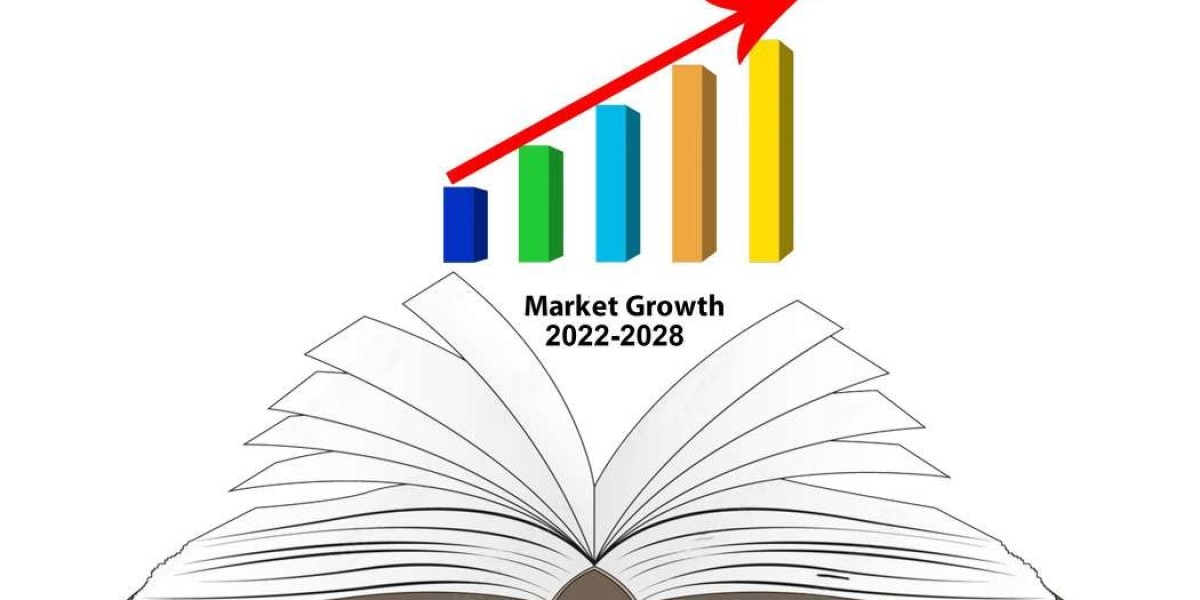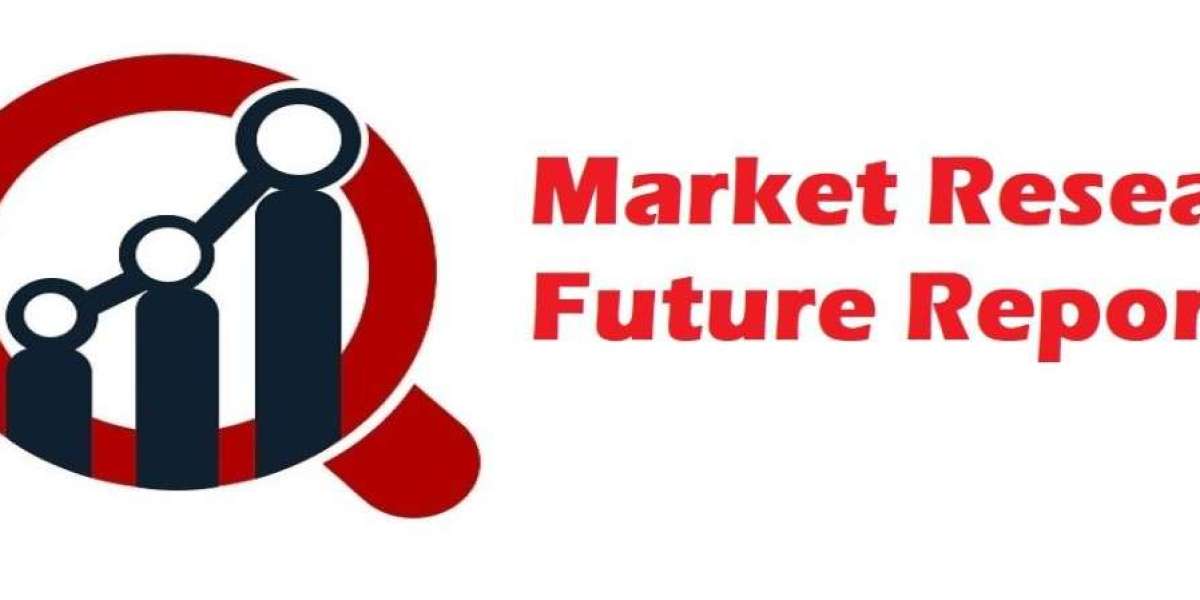In the ever-evolving landscape of healthcare, the efficient and secure exchange of medical information is paramount. Health Level 7 (HL7) is a set of international standards that have played a pivotal role in transforming the healthcare industry. HL7 development refers to the process of creating and implementing these standards for seamless data sharing among healthcare providers, improving patient care, and enhancing interoperability. In this article, we will explore the significance, key aspects, and the future of HL7 development.
Understanding HL7
HL7 is a set of standards for the exchange, integration, sharing, and retrieval of electronic health information. It was developed by Health Level Seven International, a non-profit organization founded in 1987. The primary goal of HL7 is to ensure that healthcare systems and applications can communicate with one another effectively, irrespective of the vendor or platform, thereby enhancing patient care, reducing errors, and streamlining healthcare operations.
Key Aspects of HL7 Development
HL7 Messaging Standards: HL7 defines a set of messaging standards, the most well-known being HL7 Version 2 (V2) and HL7 Version 3 (V3). V2 messages use plain text and are widely adopted for various healthcare applications, while V3 messages are based on XML and focus on structured data exchange. The choice between V2 and V3 depends on the specific needs of the healthcare organization.
Interface Engines: HL7 development often involves the use of interface engines, which are software solutions designed to facilitate data exchange between disparate healthcare systems. These engines can transform, route, and translate HL7 messages, ensuring compatibility between different systems.
HL7 FHIR: Fast Healthcare Interoperability Resources (FHIR) is a modern HL7 standard that leverages web standards like RESTful APIs and JSON for easier data exchange. FHIR has gained immense popularity for its simplicity and adaptability, making it a significant development in the world of healthcare interoperability.
HL7 CDA: Clinical Document Architecture (CDA) is another HL7 standard used for encoding and exchanging clinical documents. It defines a common structure for documents such as discharge summaries, progress notes, and diagnostic reports.
HL7 Standards Governance: HL7 development is guided by a robust standards governance process. This process ensures that HL7 standards are up to date, responsive to industry needs, and subject to broad community review.
Challenges in HL7 Development
While HL7 development has significantly improved healthcare interoperability, it is not without its challenges. Some of the common challenges include:
Legacy Systems: Many healthcare organizations still rely on legacy systems that are not fully compatible with modern HL7 standards. Integrating these systems can be complex and costly.
Data Security: Healthcare data must be protected at all times. Developers working with HL7 standards must implement robust security measures to safeguard sensitive patient information.
Standard Evolution: As healthcare evolves, so do the standards. Keeping up with the latest HL7 developments and ensuring compliance can be a continuous task.
The Future of HL7 Development
The future of HL7 development looks promising, with several key trends and advancements on the horizon:
HL7 FHIR Adoption: The adoption of HL7 FHIR is expected to continue to grow, thanks to its simplicity and ability to meet the demands of modern healthcare applications.
Interoperability Enhancements: HL7 development will likely focus on improving interoperability, enabling healthcare organizations to exchange data seamlessly across a broader spectrum of systems and devices.
Telehealth Integration: The rapid rise of telehealth services in recent years has highlighted the need for HL7 development to accommodate remote patient monitoring and virtual consultations.
AI and Machine Learning Integration: The integration of AI and machine learning into healthcare systems will require robust HL7 standards for sharing data and insights.
Conclusion
HL7 development has transformed the healthcare industry by providing a robust framework for the exchange of electronic health information. As technology continues to shape the future of healthcare, HL7 standards will play a pivotal role in ensuring data interoperability, enhancing patient care, and driving innovation in the field of medicine. With the adoption of modern standards like HL7 FHIR and ongoing efforts to address interoperability challenges, the future of HL7 development holds great promise for the healthcare sector.







